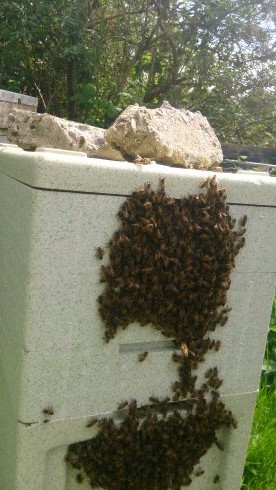

Make posts appear on News page

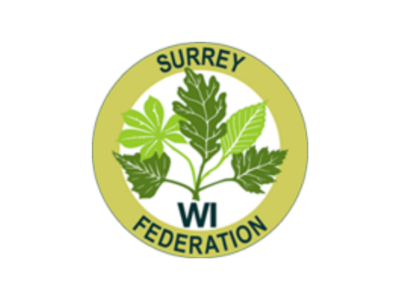

SURREY Federation doesn’t run by itself. In addition to its paid staff, it relies very heavily on a stalwart team of volunteers. But volunteers don’t go on for ever, and there comes a time when fresh faces are needed to replace those who have done more than their bit.
In last month’s magazine our chairman made a plea for members to volunteer to become Trustees or join a sub-committee.
Maybe you have just retired and are looking for something to keep you busy. Or you are an empty nester wanting to put your talents to good use? What might you get from volunteering with us? The following come to mind:
* Job satisfaction;
* A confidence boost;
* Training;
* A chance to have your say;
* Getting to know members from other WIs;
* Enjoyment.
How can you help? See Page 8 of Surrey WI News.
Ann van Vliet
back to News


As many of you get on board with Office 365 there are still many unanswered questions and frustrations being encountered. Help is at hand! Ruth our Digital Administrator at HQ has set up some training dates for WI members who have access to a WI Office 365 account. There will now be one training session a month for general users (Getting Started and Email Functions) and an extra session in August and October for more advanced users (SharePoint with OneDrive).
There are also HOW TO documents and videos available in the Document Library area of our website – look for the Office 365 tab. These documents are also stored in the General>Help For Users area in Office 365.
2022 training sessions are £5.00 and run from 10.30am to 2.30pm at SFWI HQ. Please bring a laptop with you:
Tuesday 28 June
Tuesday 26 July
Tuesday 16 August (Advanced)
Tuesday 23 August
Tuesday 27 September
Tuesday 18 October (Advanced)
Tuesday 25 October
Tuesday 22 November
Tuesday 20 December.
To book your place, please email officerb@surreyfedwi.org.uk or book through Our Events on the website What’s On | Surrey Federation of Women’s Institutes (surreyfedwi.org.uk). You may also book a drop-in session or a zoom call with Ruth on Mondays or Tuesdays.
back to News
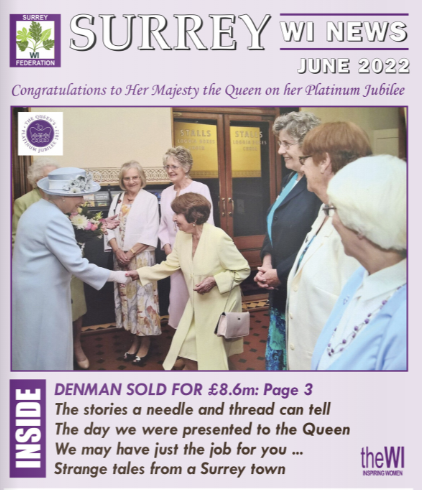
June’s Surrey WI News is now available for you to read online. It is available to view on your phone, tablet or computer via Flipsnack@ June Surrey WI News.
back to News
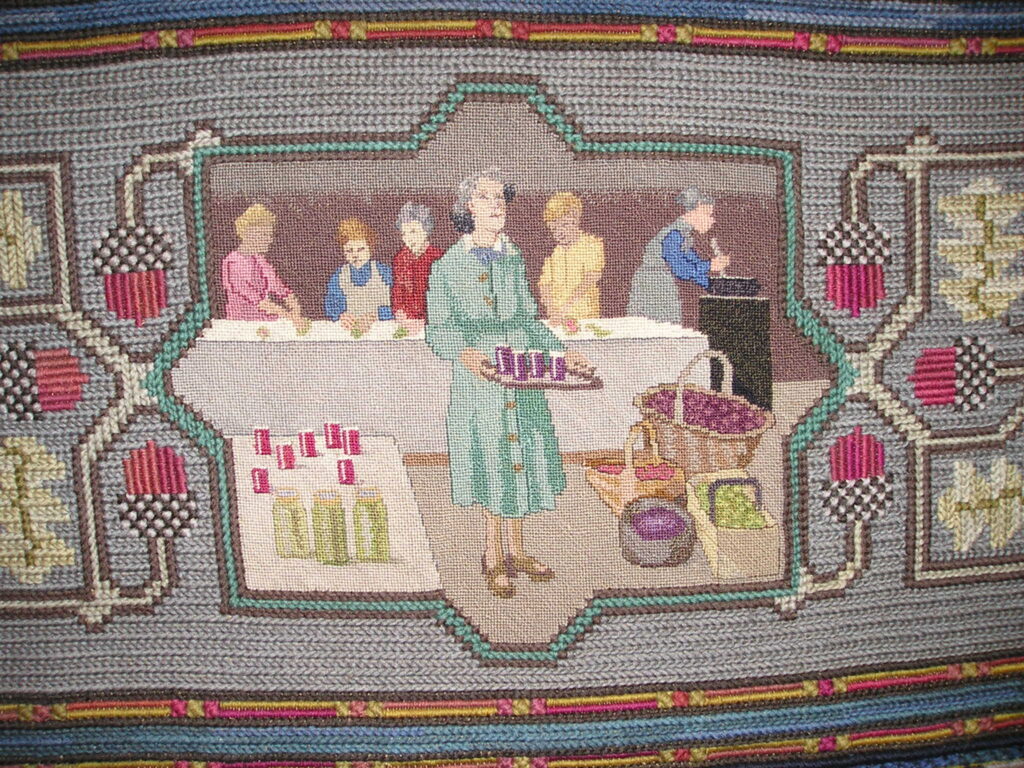
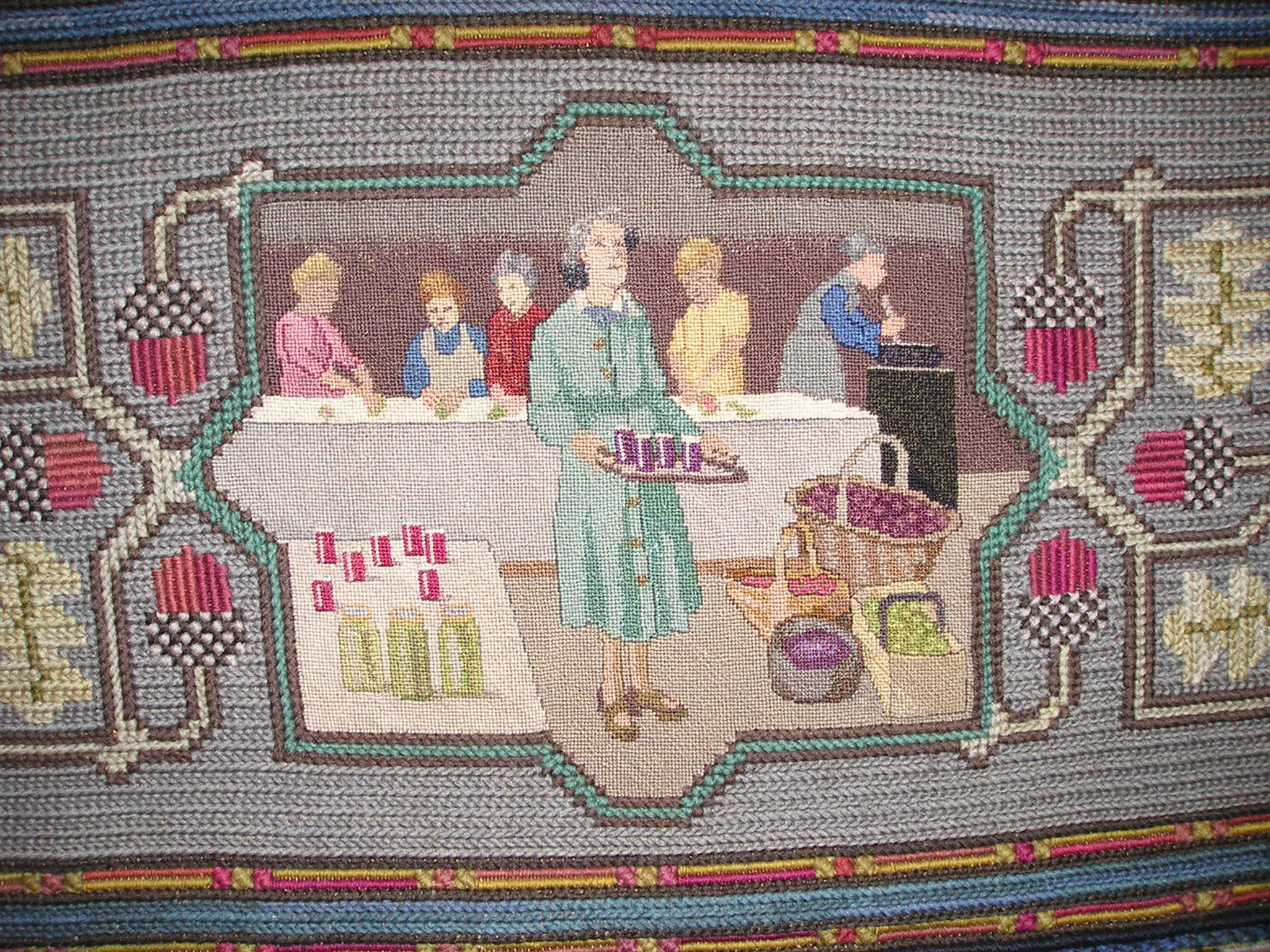
LOUISA CHAPMAN, APRIL 9, 1867. A name embroidered on a sampler on the wall of a cottage in Dorset. A woman I know nothing about, except that she was accomplished with a needle, and lived at a time of relatively little local historical significance. Yet I revisited that piece several times. Why? Because what it did and did not include was fascinating.
It was an image of England, Scotland, Wales and Ireland. On closer inspection I noted that it named only those cities that were of significance at the time. Non-existent were many of the well know cities I expected to see, very visible were the ports that told of a sea-going nation. What an intriguing artefact.
I was led to muse on how the story of the WI movement, our Federation and that of our WIs has been told through needlework, a craft that has long been synonymous with the WI. Participating as I did in the NFWI Centenary Fashion project with Kingston University, I had delved into the history of the WI as told through needlework. Two highly significant pieces, both created by or with input from WI members emerged.
The first, Work of Women at War, designed by Sybil Blunt in 1946 and made by WI members, records in fifteen panels, with over two million stitches, the work undertaken by women during World War II. Sadly, it is in storage at the Imperial War Museum Duxford, but is illustrated online: https://www.iwm.org.uk/collections/ item/object/30083764. [Above, the control room, more pictures on Page 7].
The second, The Country Wife mural, is a stump work piece, designed by Constance Howard and made for the great exhibition of 1951. Once hung at Denman, it is now undergoing renovation at the National Needlework Archive, housed in the former chapel at what was the Greenham Common Airbase.
Banners
It is particularly fascinating, not only as a piece of social history that illustrates the everyday crafts skills of women, but also because it incorporates examples of the crafts themselves in miniature, many made by expert WI members — a cane chair, a lace making cushion complete with bobbins, a hobby horse being amongst many examples. It is being restored on a huge frame by conservators working from both above and below. To observe the process is awe inspiring in both its detail and skill.
WIs across the county have told their stories in needlework many times; the wonderful banners that were paraded at our centenary celebration in Guildford Cathedral, the fascinating and varied embroidered panels that commemorate the Federation’s 75th, 90th and 95th anniversaries, that are displayed at HQ and in the Federation publication Stitches in Time which also provides the rationale for their creation and the significance of their symbolism. My particular favourite is Smallfield WI’s piece that depicts the burial of a circus elephant on the village green.
Another highly significant needlework collection is to be found in our centenary books. Each WI contributed a piece of artwork plus a written account of the history of their WI. All manner of media were used, but needlework predominates. This extraordinary account of the Federation’s history, to which very many of you contributed, can also be seen at HQ.
The most recent piece of stunning Federation embroidery, which graces the top table at our meetings, is the logo created by our treasurer Sheena Landgraf. It is an exquisite piece and worthy of close scrutiny next time you come to a Dorking Halls Meeting.
Many WIs have also created their own art- works in embroidery, sometimes to celebrate, whilst at other times simply to record, a tablecloth or bunting for example. I recall a fascinating appliquéd Bayeux tapestry-style street scene created by the members of Streatham WI. What talent there is in our Federation!
More recently Creative Craftivism has become a peaceful mode of campaigning or communicating a message. Have you seen the arresting bunting created by Surrey Vixens Virtual WI that marked the anniversary of the murder of Sarah Everard? It displays the names and faces of 125 women that have been killed in the UK in the last year by men. This extraordinary piece of artwork has been displayed at Clapham Common and at our ACM.
It engages people in a way that the spoken word cannot. It is a terrible indictment of our society and communicates the message loudly and clearly that women have the right to exist in public and private spaces without fear of violence.
Have you made and displayed a Show the Love heart or a Big Green Week canary or a climate change scarf? Creative pieces can so easily stimulate forward thinking discussion.
Engagement with needlework has played a significant part in many of our lives during the last two Covid years — making scrubs for the NHS, quilts for charities such as Linus or simply sewing to ease the tension and stress of lockdown life.
In lieu of meetings at Bagshot WI, craft kits to make campaign hearts and Not in my Name keyrings were made for and very much appreciated by members. On our return to face-to-face meetings, the chance to sew together in a social environment created the opportunity to renew friendships and foster new ones.
Brightening up villages with post box toppers and poppy wreaths has been another way of enabling WIs to reconnect with their communities through needlecraft.
Over the last two years, participating in craft in general and sewing specifically, has been recognised as significantly contributing to well-being, in addition to creating and leaving behind a tangible record of the Covid pandemic.
As I take on my additional new role as Chairman of the Home Economics Sub-Committee, I hope that craft — and in particular needlework in its many forms — will enjoy a resurgence and one in which an increasing number of you will participate.
Whatever your past experience, I hope that we will get as much pleasure from the engagement it affords with others as we will from the tactile nature of thread and fabric, just as Louisa might have done in a tiny, candlelit cottage in Dorset some 150 years ago. Happy sewing all!
Carol A. Gartrell
Federation Chairman
back to News
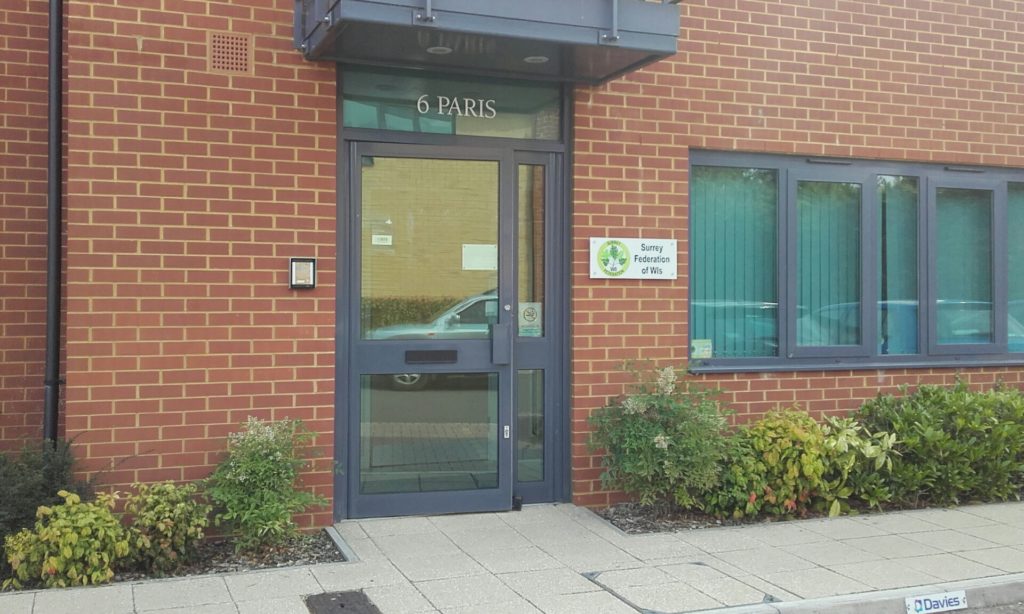
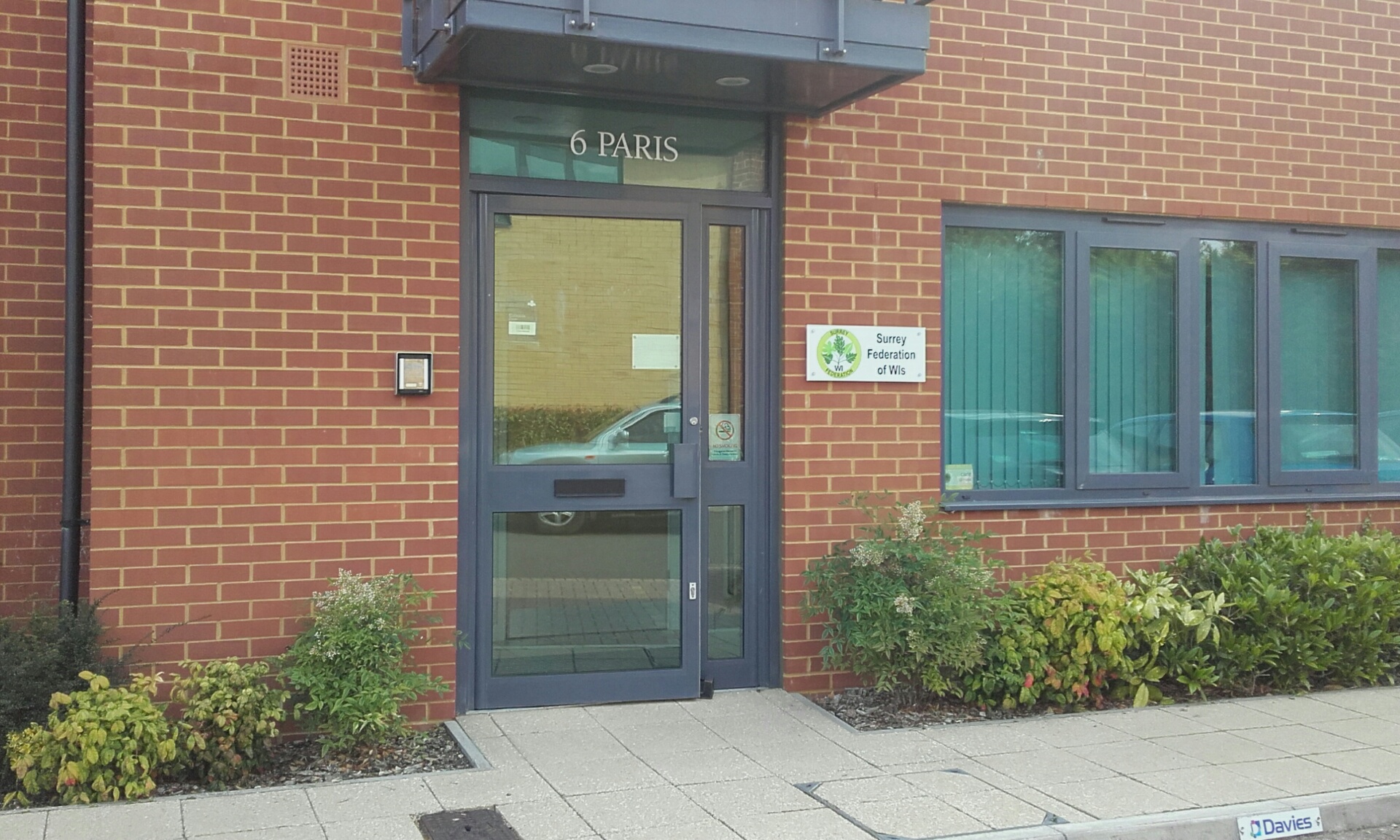
You should have by now received the mailing sent out to WI Treasurers at the end of April/early May which consisted of an application form for an Independent Financial Examiner, Insurance Certificate an updated President and Secretary List which needs to be passed to secretary. Please check the accompanying letter and if anything is missing, please email us on info@surreyfedwi.org.uk .
Following the ACM in March the Board voted for the Federation Officers 2022-23 as follows:
Chairman: Carol Gartrell (Bagshot).
Treasurer: Sheena Landgraf (Caterham Hill);
Vice Chairmen (3): Angie Leach (Streatham/Surrey Vixens Virtual); Debbie Playle (Old Coulsdon Cupcakes); Jill Mulryan (Old Coulsdon).
If your WI does not receive your copies of SWIN please contact the office as soon as possible so that we can inform the printers.
Karen Whitehead
Federation Secretary
back to News


YOU have probably heard of the MCS system. This stands for Membership Communication System and is the WI’s confidential national database.
It lists information about the National Federation, all the Federations around England and Wales, individual WIs and members. It shows members’ roles and contact information.
It is used for the distribution of WI Life, communication from National and from Surrey Federation. The system can only be accessed on a “need to know” basis by restricted people at various levels of the organisation.
There should be an MCS Rep in every WI but the Federation will assist your WI if you don’t yet have one. Jeanie Wharrier at Surrey Federation is able to help on this matter and can be contacted by email at info@surreyfedwi.org.uk.
It is important that the information on the system is kept up to date for several reasons:
* A new member will only start getting their WI Life if they are entered on the system, so it is good to get them on there as soon as they join.
* If a member changes her email address, she won’t be able to access MyWI until MCS has been updated, as the one shown on the system is the one she uses to log on.
* If she moves house, her WI Life may not reach her.
* If the officers listed are out of date, the WI may not receive important information.
* find that the easiest way to keep the system up to date for my WI is to make the changes as soon as I am notified of them, which only takes a few seconds and means the system should always be correct.
The Federation recommends that the system is checked for updates at least twice a year, so if you do it this way you will need to keep a list of the amendments in a secure place.
By April, your WI subs will have been received and you can delete any member who has advised that she will not be renewing, but it would be kind to give a little leeway to the slowcoaches as they may have been unwell or away from home and missed the payment deadline.
After your Annual Meeting in November you will need to update your committee positions on MCS.
You can access the MCS User Guide on every page of the website. It is a printable document for those who like to have a piece of paper in front of them! I keep a copy of the document on file to refer to when needed.
The link to the MCS system can be found in the green area at the bottom of every page of the NFWI website: https://www.thewi.org.uk/ You won’t be able to access it unless you have been authorised for a specific purpose.
Don’t forget, your Advisers are here to help you with any WI queries.
Ann van Vliet
back to News
The symptoms may not be what you think they are. Valuable advice from a nurse practitioner.
back to News


THIS IS ME AND THE CLIMATE by ROSEMARY HORTON
How clued up are you on climate change? Try our quiz on PAGE 18 of the May SWIN
back to News
